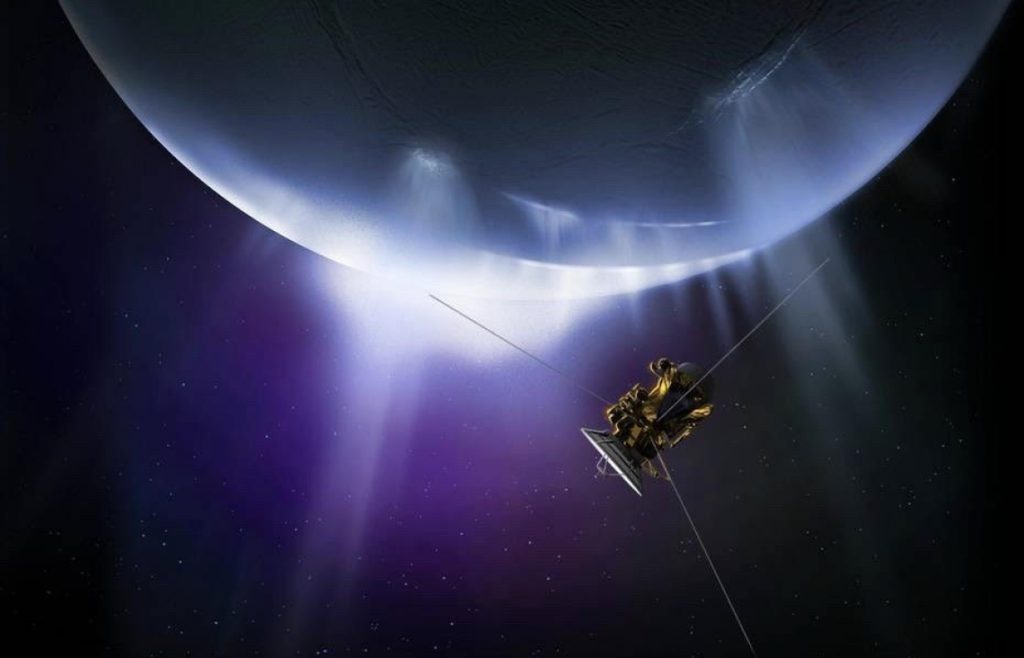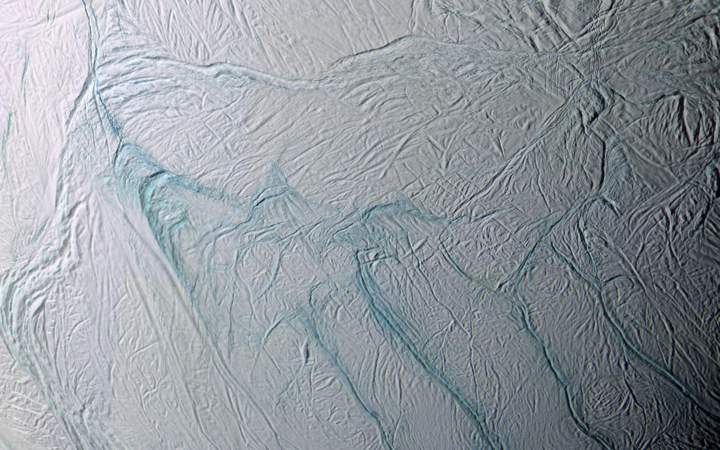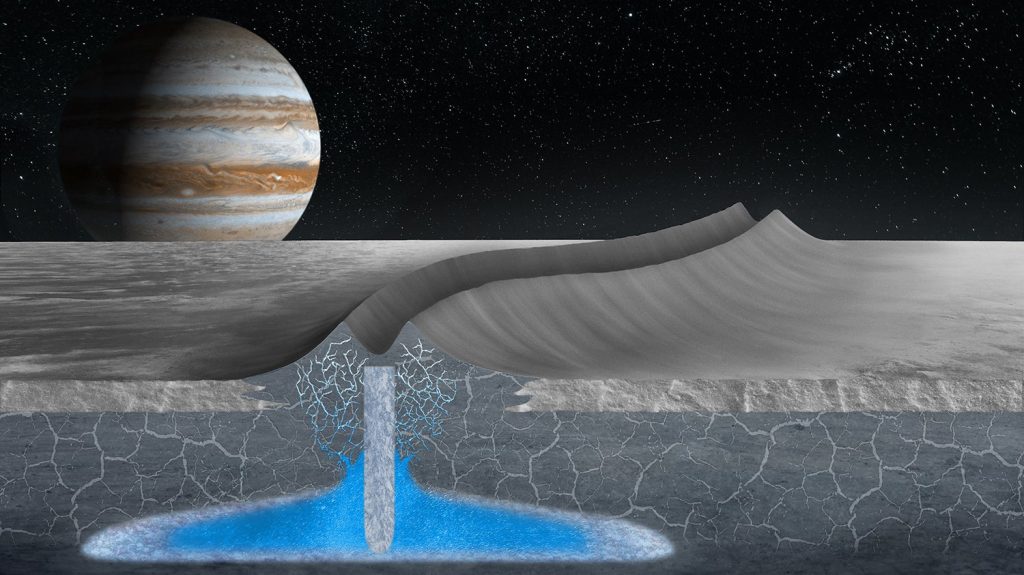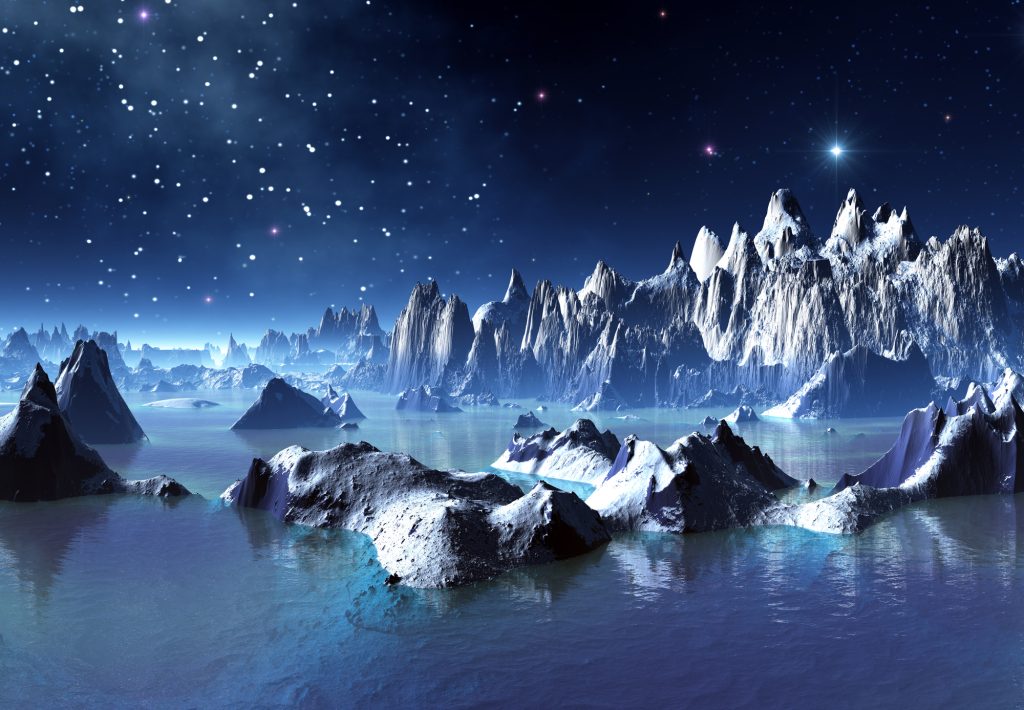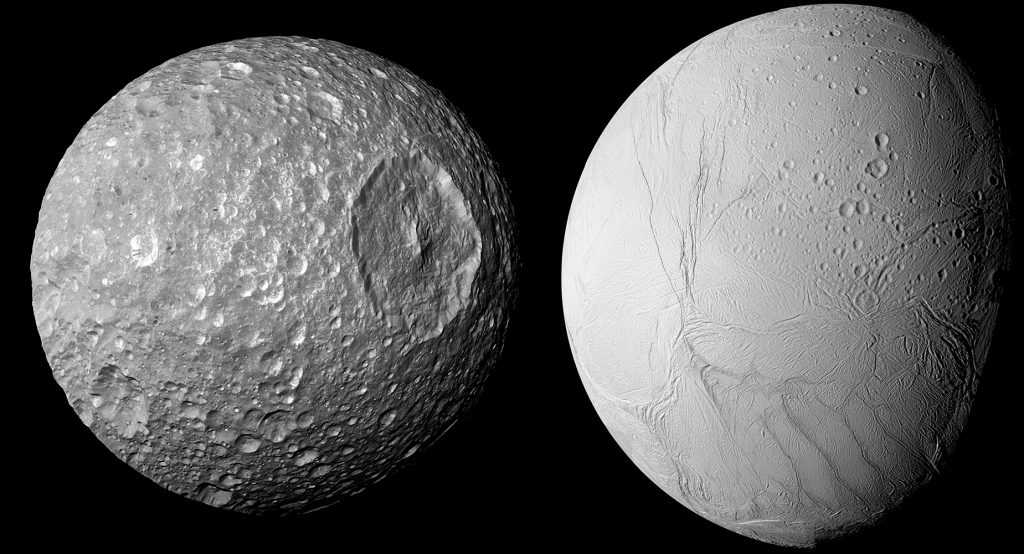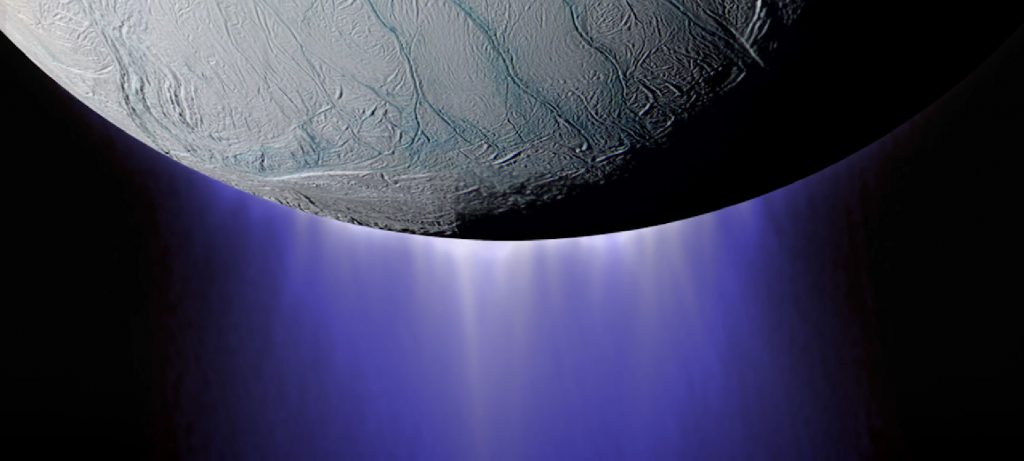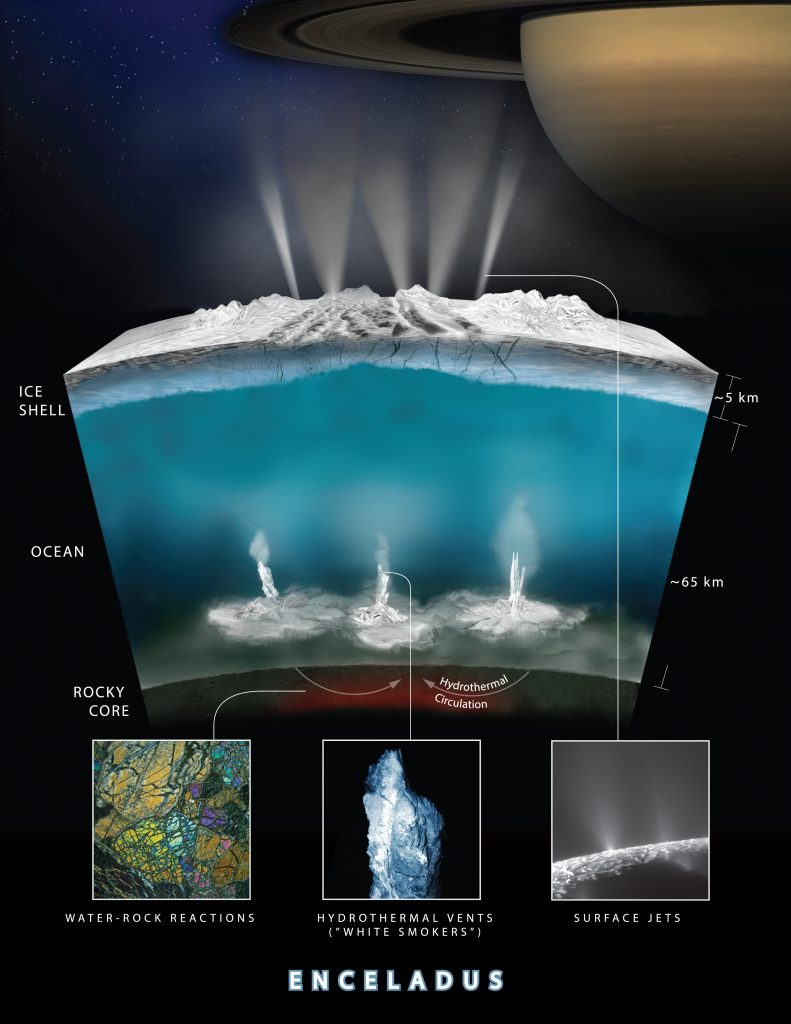How life could be detected on Enceladus
The mystery of whether microbial alien life exists on Enceladus could be solved by a spacecraft orbiting Saturn's moon, according to a new study led by University of Arizona researchers. In a paper published in The Planetary Science Journal, the researchers show how a hypothetical space mission could provide definitive answers. When Enceladus was first surveyed by NASA's Voyager 1 spacecraft in 1980, it looked like a small, unexciting "snowball" in the sky. Later, between 2005 and 2017, NASA's Cassini spacecraft orbited the Saturn system, examining Saturn's complex rings and moons in unprecedented detail. Scientists were stunned when Cassini…
